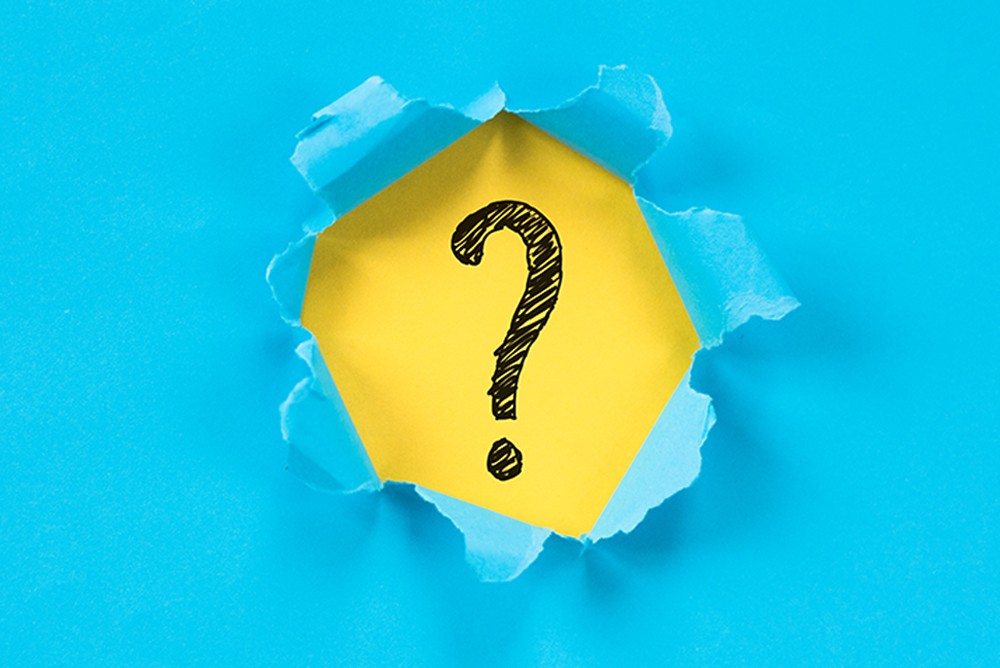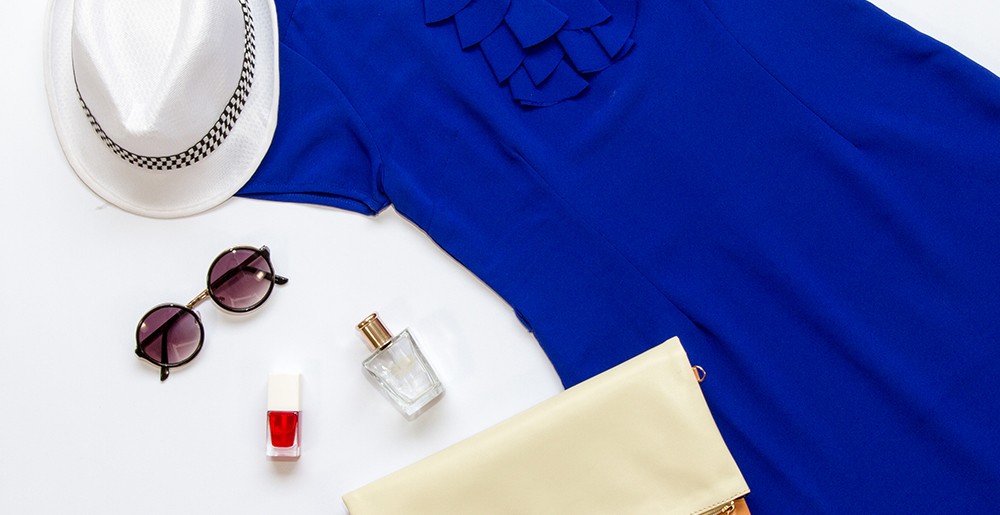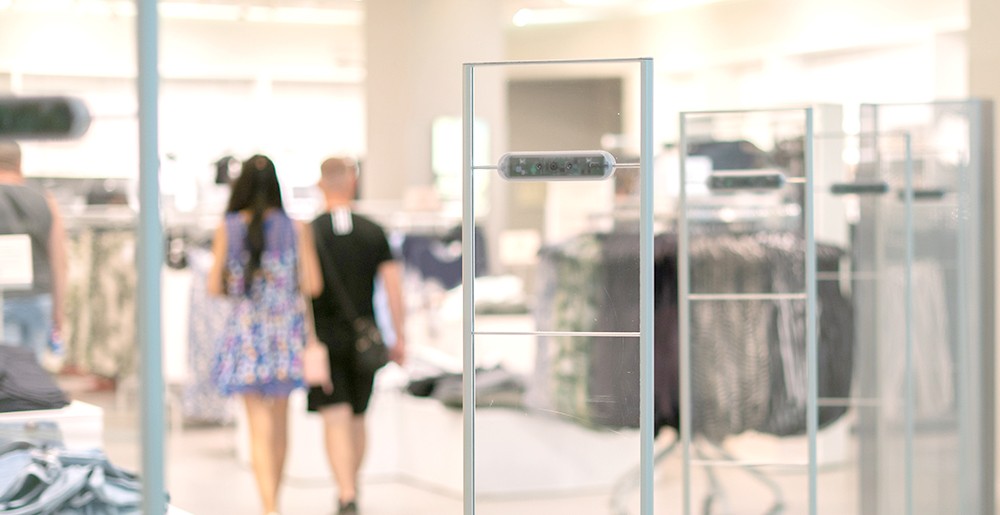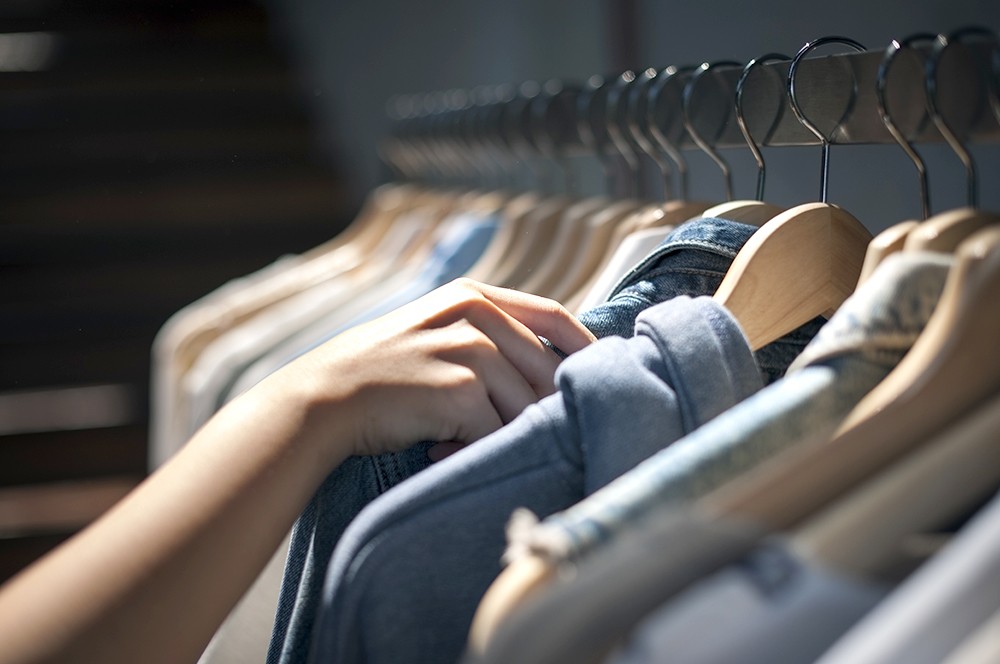
Five common shoplifting questions answered
As US retailers prepare to reopen their doors to the public, the sector is bracing for a spike in shoplifting. With that in mind, let’s go back to basics, providing the answers to five common shoplifting questions.
How much does shoplifting cost retailers?
Each year, US retailers lose over $50 billion in revenue to retail shrink. An estimated 35.7 per cent of that is attributed directly to shoplifting. That means about $17.55 billion worth of products simply walks out the door in the hands of individual thieves or Organized Retail Crime.
To put that in perspective, on average every retailer loses 1.38 per cent of their sales to shrink.
What are the most common items stolen?

Items that are easily concealed or are high in re-sale value are often the most commonly targeted products for theft.
Across the verticals, the latest Global Retail Theft Barometer indicates the following products are most often stolen:
- Apparel and Fashion accessories – Footwear, sports related clothing, fashion accessories, sunglasses, jewelry,
- DIY/Home improvement – Power tools, batteries, outdoor plants, screws and washers, building supplies and timber/cables.
- Electronics – Mobile devices/accessories, iPad/tablets, movies and music (DVD format), video games, laptops.
- Food and beverage – Wines and spirits, baby formula, fresh meat, cheese, coffee.
- Health and beauty – Perfumes and fragrances, makeup products, OTC drugs, razor blades, electric toothbrushes.
You can learn more about the recommended strategies for protecting each of these products here
How can you spot a shoplifter?
When it comes to shoplifter profiles, there’s no one size fits all approach. Shoplifters come from all walks of life, all nationalities and steal for a variety of reasons. For some, it’s compulsion, for others it’s organized crime, but the key indicator a shoplifter is in your store is suspicious activity.
This includes:
- Avoidance – where potential shoplifters avoid eye contact and interaction with staff, and may appear nervous, or fidget
- Excess baggage
- Excess clothing
- Regular visits with few purchases – which indicates they may be casing a store
- Distraction – where the customer asks a lot of unusual questions
- Examining, but not buying
- Exiting quickly
- Too many people in the change room
- Loose price tags on an item being purchase (which can indicate tampering)
Which are the best theft prevention methods?

Most retailers use a variety of theft prevention strategies focussing on both a product and store-wide level. These encompass staff training, bag checks, good store layout, security personnel, CCTV, and electronic article surveillance (EAS).
Of those strategies, EAS is considered one of the most effective. Comprising security tags, labels and antenna, it protects items at a product-based level, sounding an alarm when an item is stolen.
Used by over 80 per cent of US retailers, security tags and labels are found in large and small retail outlets, spanning all verticals.
Meanwhile, statistics indicate security tags and labels can reduce theft by up to 80 per cent.
Security tag or label?
In most cases, the value of the item, its size and the volume it is sold at determines whether you should be looking at tags or labels.
As a rough guide:
Tags – Are suited to clothing, apparel, fashion accessories, handbags, shoes etc (you can learn more about selecting the right tag here)
Labels – Are suited to non-perishable groceries, pharmaceuticals, electronic accessories, perfumes, small items etc (You can learn more about selecting the right label here)


